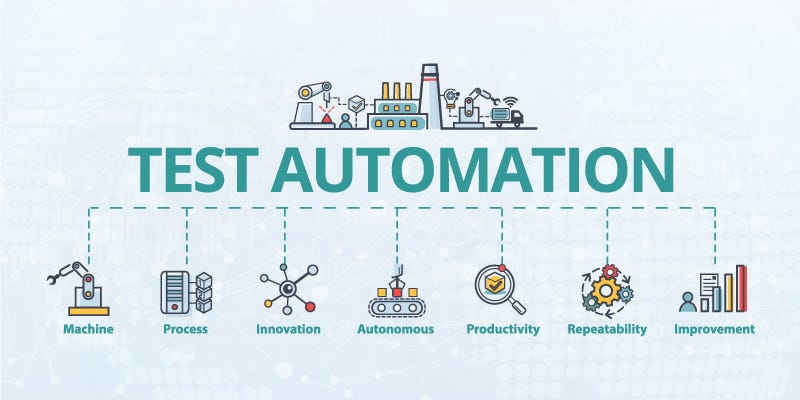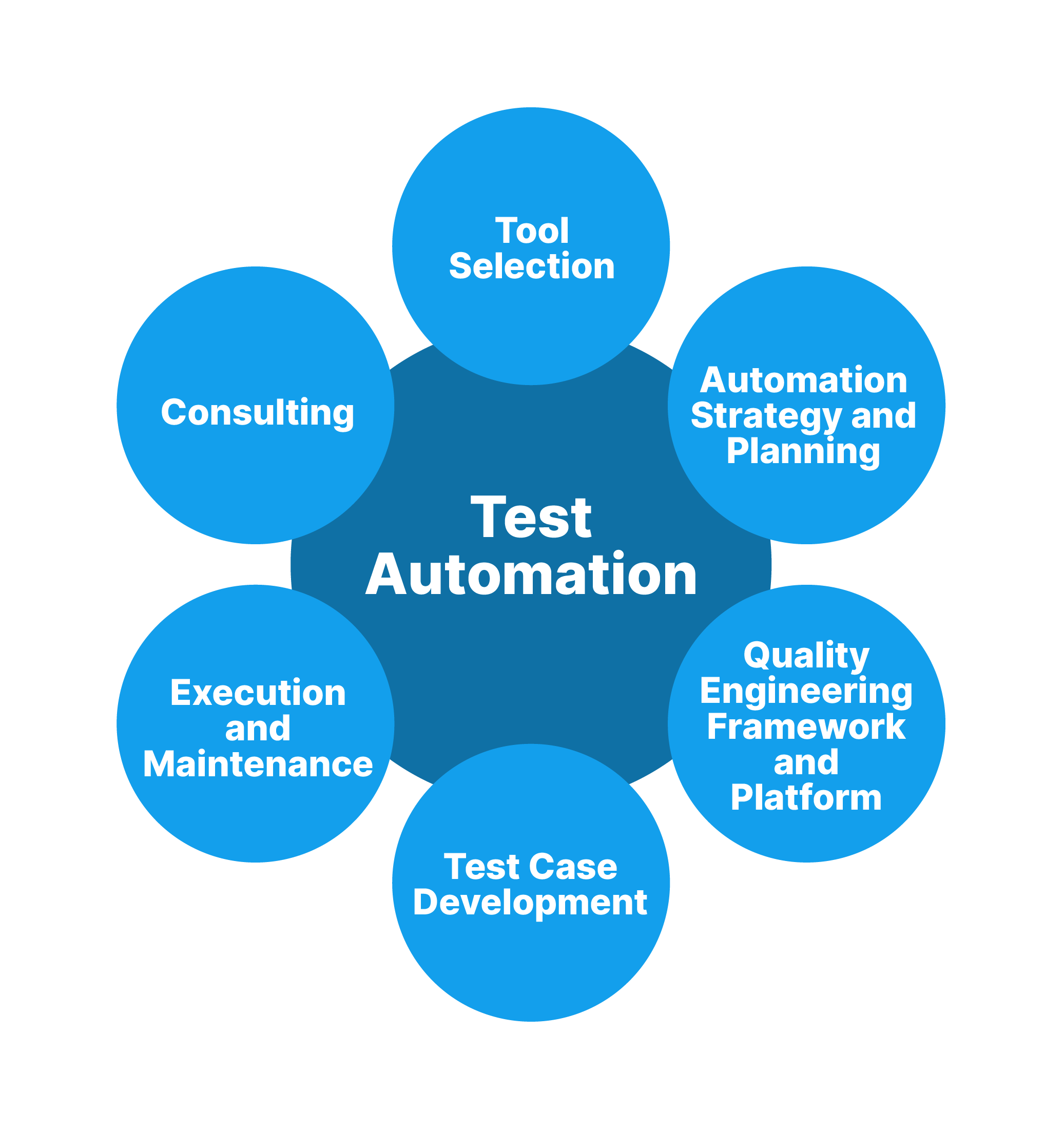The Ultimate Guide to Implementing Automation Testing Effectively
The Ultimate Guide to Implementing Automation Testing Effectively
Blog Article
From Guidebook to Automated Testing: A Comprehensive Guide to Transitioning Efficiently and Successfully
In the realm of software testing, the change from manual to automated procedures has ended up being an increasingly vital shift for organizations looking for to boost performance and accuracy in their screening methods. As modern technology continues to development, the need for efficient and seamless computerized testing methods has actually never ever been more important. The journey from manual to automated testing is not without its difficulties, however when come close to purposefully and with a clear strategy in mind, the advantages can be significant - automation testing. In this thorough overview, we will discover key actions and considerations necessary for an effective transition, from the first option of devices to the combination of automation right into existing operations. Stay tuned to uncover the understandings that will help lead the means for a smoother and extra efficient testing procedure.
Benefits of Automated Evaluating
Automated testing provides many advantages, improving effectiveness and precision in software program growth processes. One primary advantage is the significant reduction in testing time. Automated examinations can be run all at once on numerous devices and running systems, substantially speeding up the screening stage contrasted to hand-operated testing. This boosted performance enables faster responses on the quality of the software, enabling programmers to identify and address problems promptly.
Additionally, automated screening guarantees a greater degree of precision in finding issues. Considering that automated examinations follow predefined scripts, human error is decreased, leading to even more dependable test outcomes. Consistency in testing is additionally boosted, as automated examinations perform the exact same steps exactly each time they are run. This consistency is critical in making sure that all capabilities of the software program are thoroughly tested, reducing the possibility of undetected pests slipping via to manufacturing.
Selecting the Right Tools

First of all, evaluate your requirements and objectives. Comprehend the scope of your task, the technologies entailed, and the capability of your group. This evaluation will certainly help you establish the abilities and features you need in your screening tools.
Second of all, consider the compatibility of the tools with your existing processes and systems. Seamless integration with your existing software program advancement lifecycle is crucial to make sure a smooth transition to automation.
Additionally, assess the scalability and flexibility of the devices. As your screening requires progress, the devices should have the ability to adjust and suit adjustments properly.
Lastly, factor in the assistance and area around the devices. Robust support and an energetic user community can offer important resources and help when executing automated testing. By carefully taking into consideration these aspects, you can pick the right tools that line up with your demands and established the phase for a successful shift to automated screening.
Composing Efficient Test Scripts

When crafting test scripts, it is vital to think about the particular needs of the software application being evaluated and guarantee that the scripts resolve all vital functionalities. Descriptive and clear naming conventions for test scripts and examination instances can improve readability and maintainability. In addition, incorporating mistake handling mechanisms within the examination scripts can aid in identifying and resolving problems without delay.
Additionally, arranging test scripts into modular parts can boost reusability and scalability, minimizing redundancy and boosting effectiveness in test script maintenance. Regular testimonials and updates to evaluate manuscripts are vital to equal developing software program requirements and performances. By complying with these concepts, testers can develop effective and durable test scripts that add significantly to the success of automated testing processes.
Integrating Automation Into Workflows
By seamlessly incorporating automated screening tools like Selenium or Appium into the software program advancement lifecycle, groups can attain faster feedback on code modifications, leading to quicker insect Continue detection and resolution. This integration enables for continuous screening throughout the development process, ensuring that any type of concerns are identified early on, resulting in higher software click here for more application top quality. Correct integration of automation tools needs cooperation in between advancement, testing, and procedures teams to establish a unified operations that maximizes efficiency and performance in providing high-quality software program products.
Making Certain a Smooth Change
Efficiently transitioning to automated testing includes precise preparation and cautious execution to optimize and decrease disruptions efficiency in the software program growth procedure - automation testing. To guarantee a smooth shift, it is vital to begin by conducting a comprehensive assessment of the current testing procedures and determining areas where automation can bring the most substantial advantages. Involving with all stakeholders beforehand in the procedure, including programmers, testers, and task supervisors, is crucial for garnering support and buy-in for the automation initiative
Communication is essential during this shift phase. Clear interaction of the goals, advantages, and expectations of automated screening assists to manage any type of resistance or problems that might develop. Additionally, providing appropriate training and sources for staff member to upskill in automation tools and strategies is important for guaranteeing an effective transition.

Conclusion
Finally, you can try these out transitioning from guidebook to automated screening uses many benefits, consisting of increased performance and integrity. By picking the suitable tools, writing efficient examination scripts, and integrating automation perfectly right into operations, companies can make certain a successful and smooth change. It is necessary to accept automation as an important asset in software program screening processes to boost overall top quality and efficiency.
In the realm of software screening, the shift from guidebook to automated processes has actually ended up being an increasingly crucial change for organizations seeking to enhance performance and accuracy in their testing methods. Automated tests can be run all at once on several gadgets and running systems, substantially speeding up the testing stage contrasted to hands-on testing. Consistency in testing is likewise improved, as automated examinations perform the exact same actions precisely each time they are run.To guarantee the effective implementation of selected screening tools, the creation of efficient examination manuscripts plays a critical role in verifying the capability and efficiency of automated processes - automation testing. By complying with these principles, testers can create durable and efficient examination manuscripts that contribute significantly to the success of automated screening procedures
Report this page